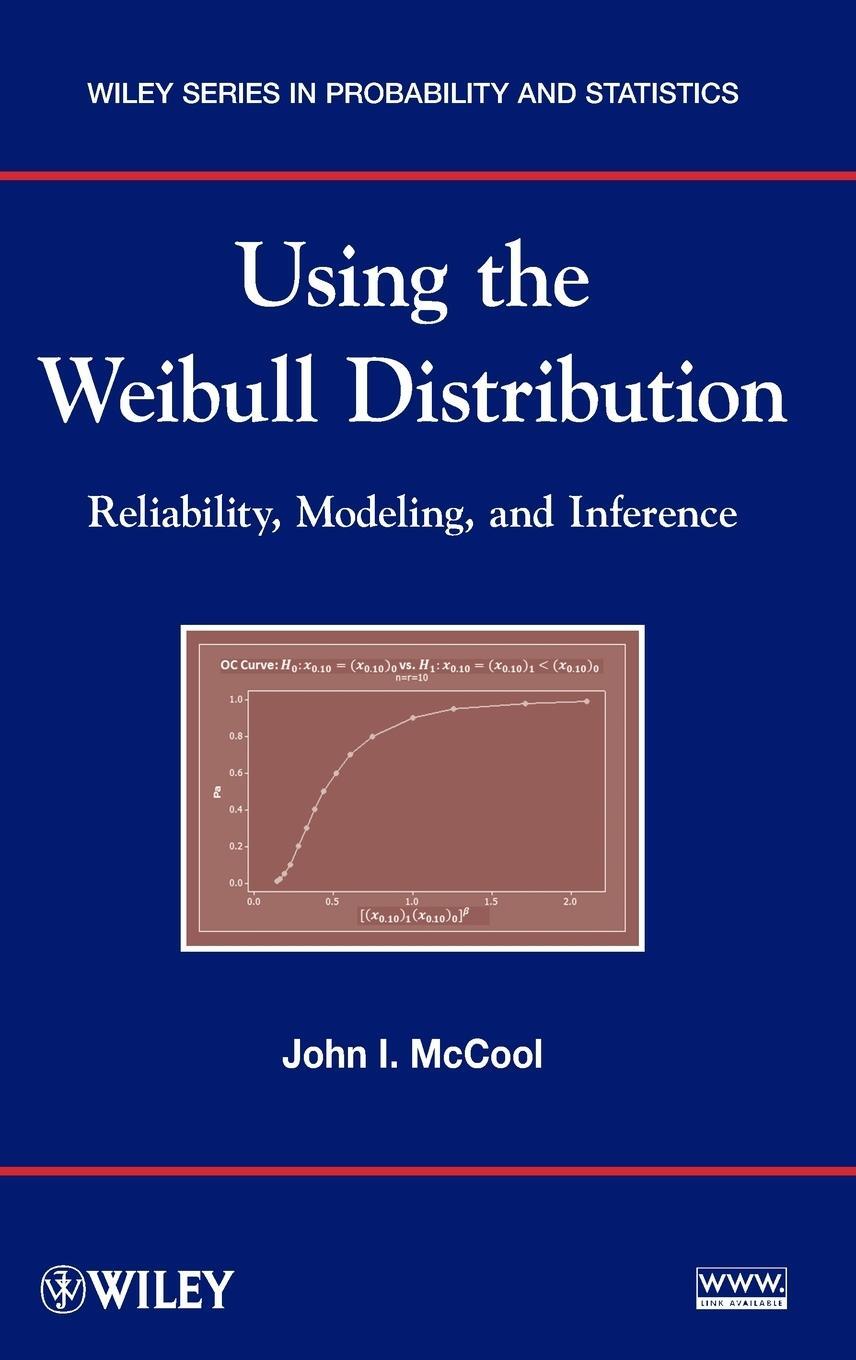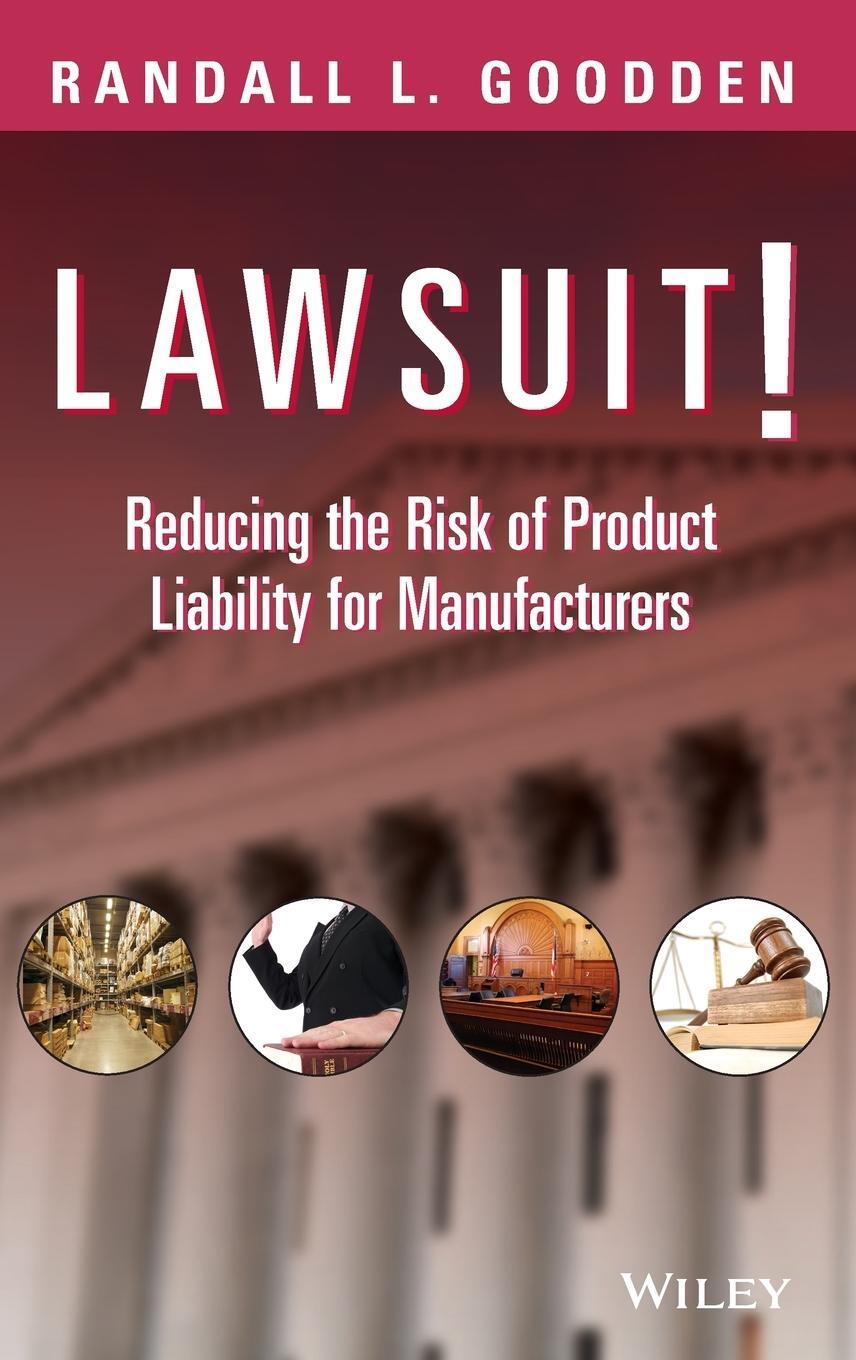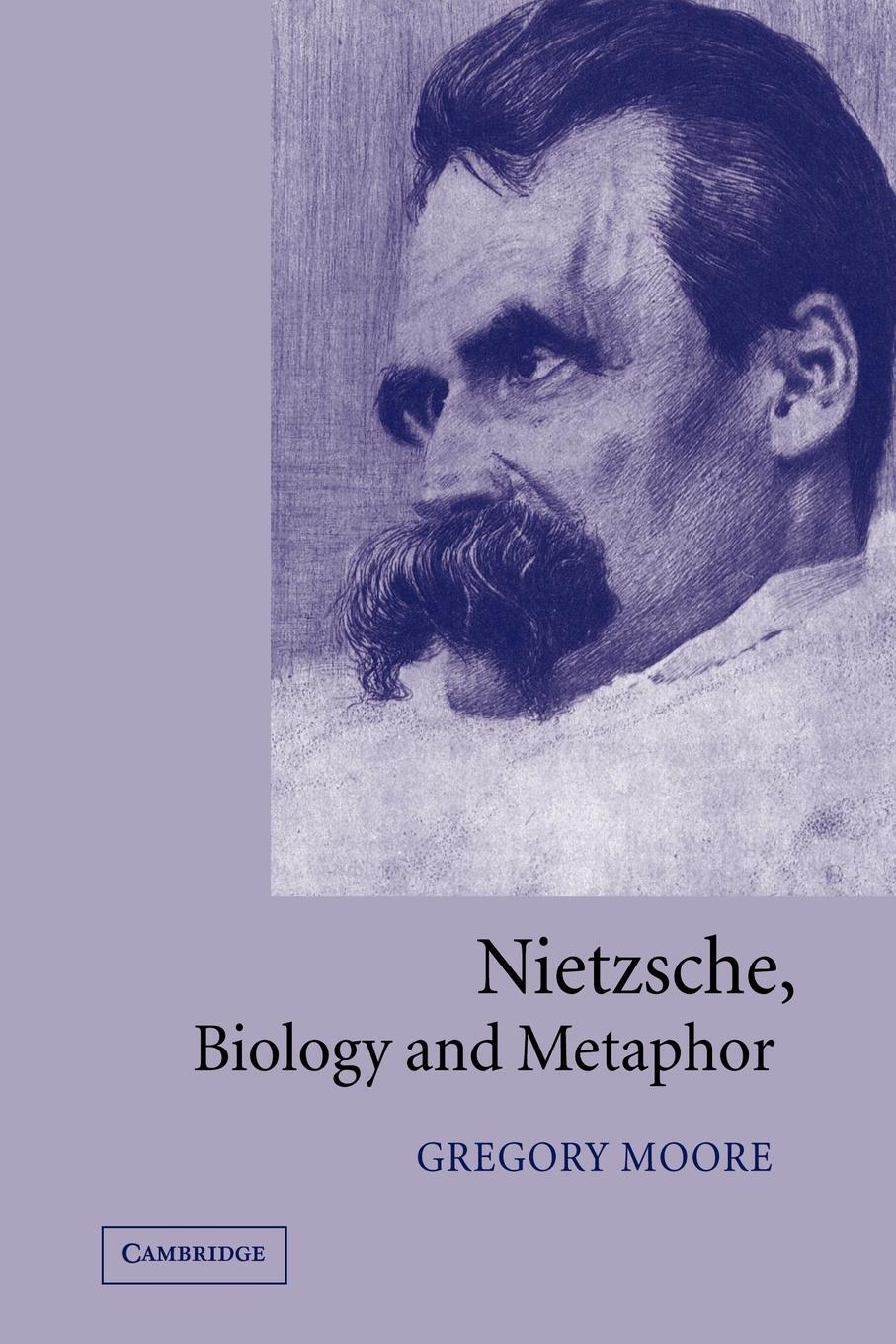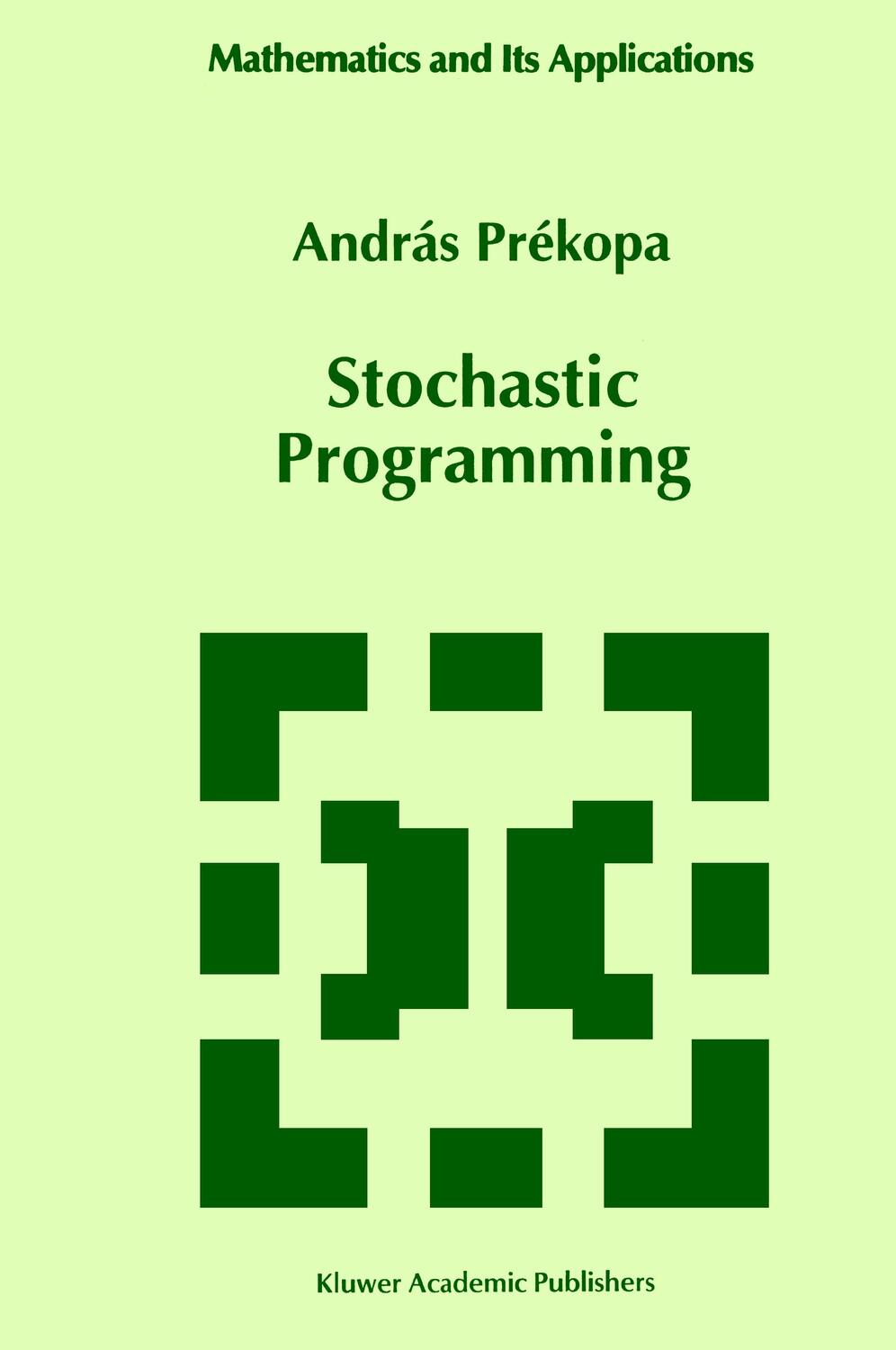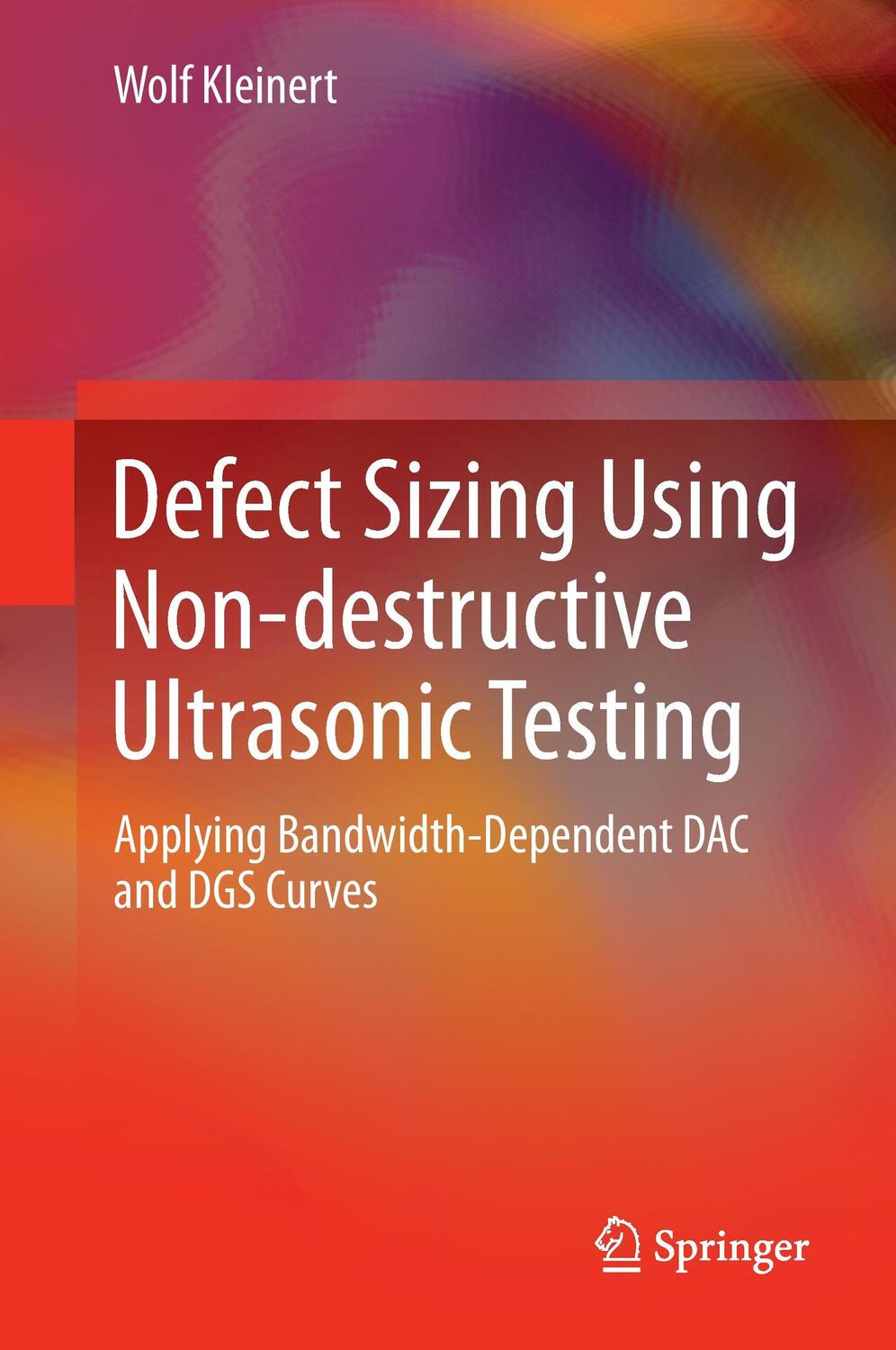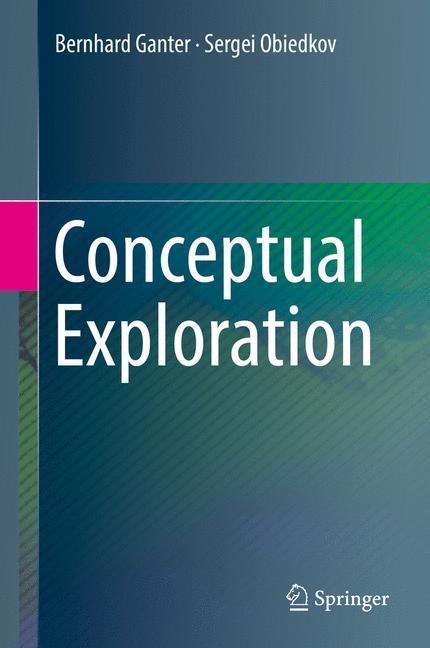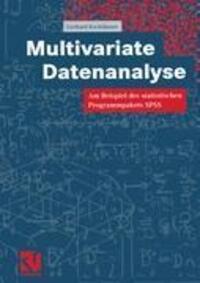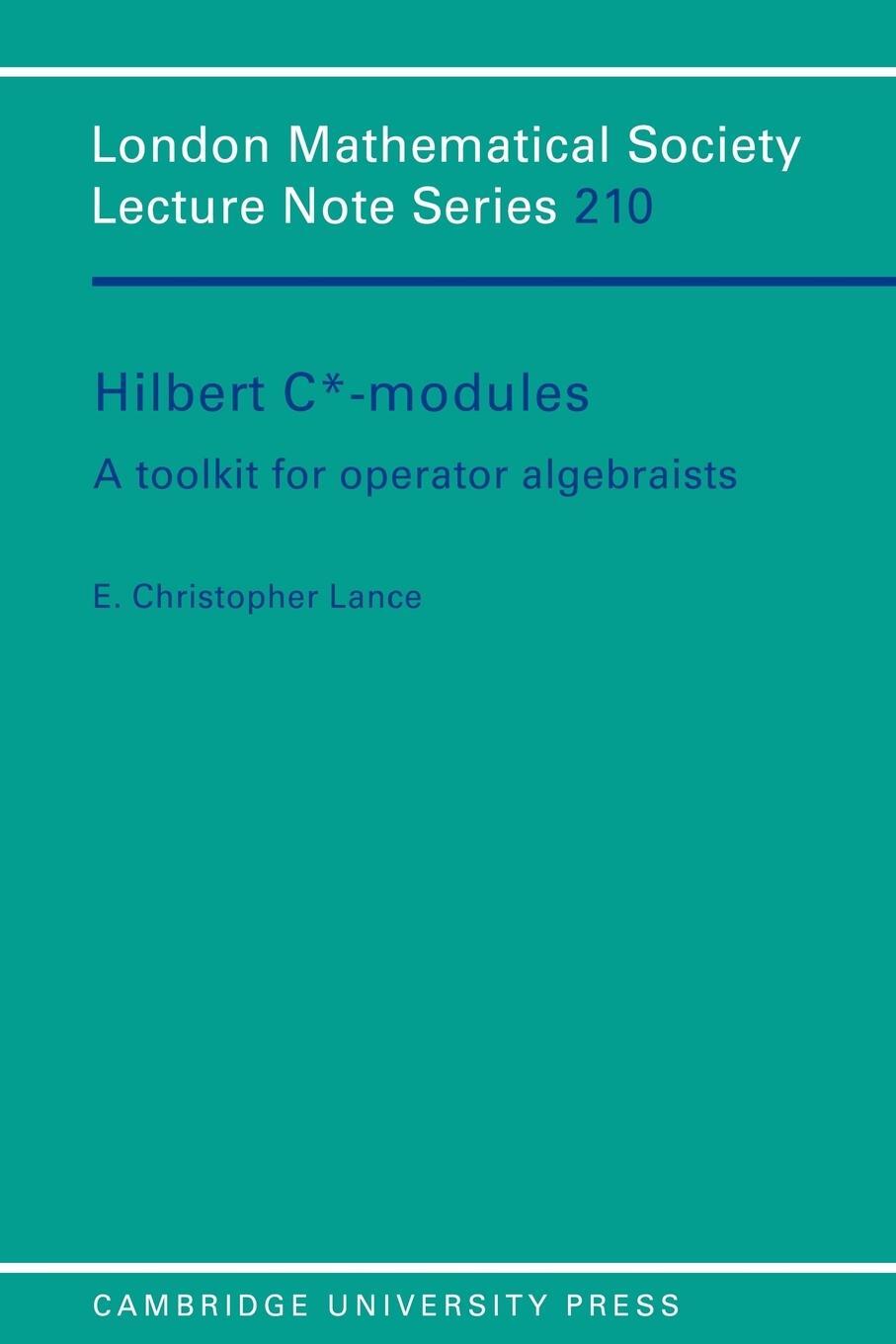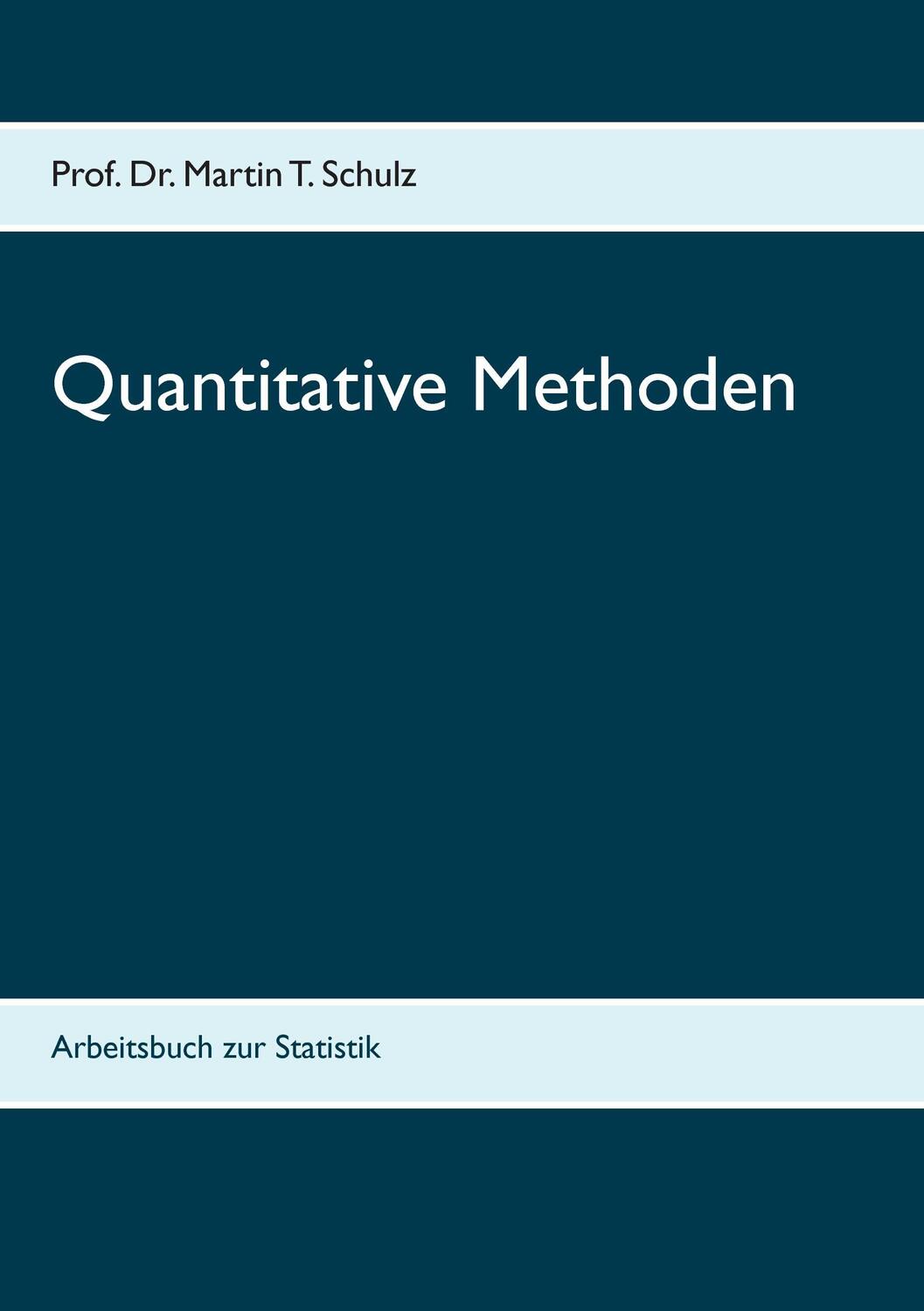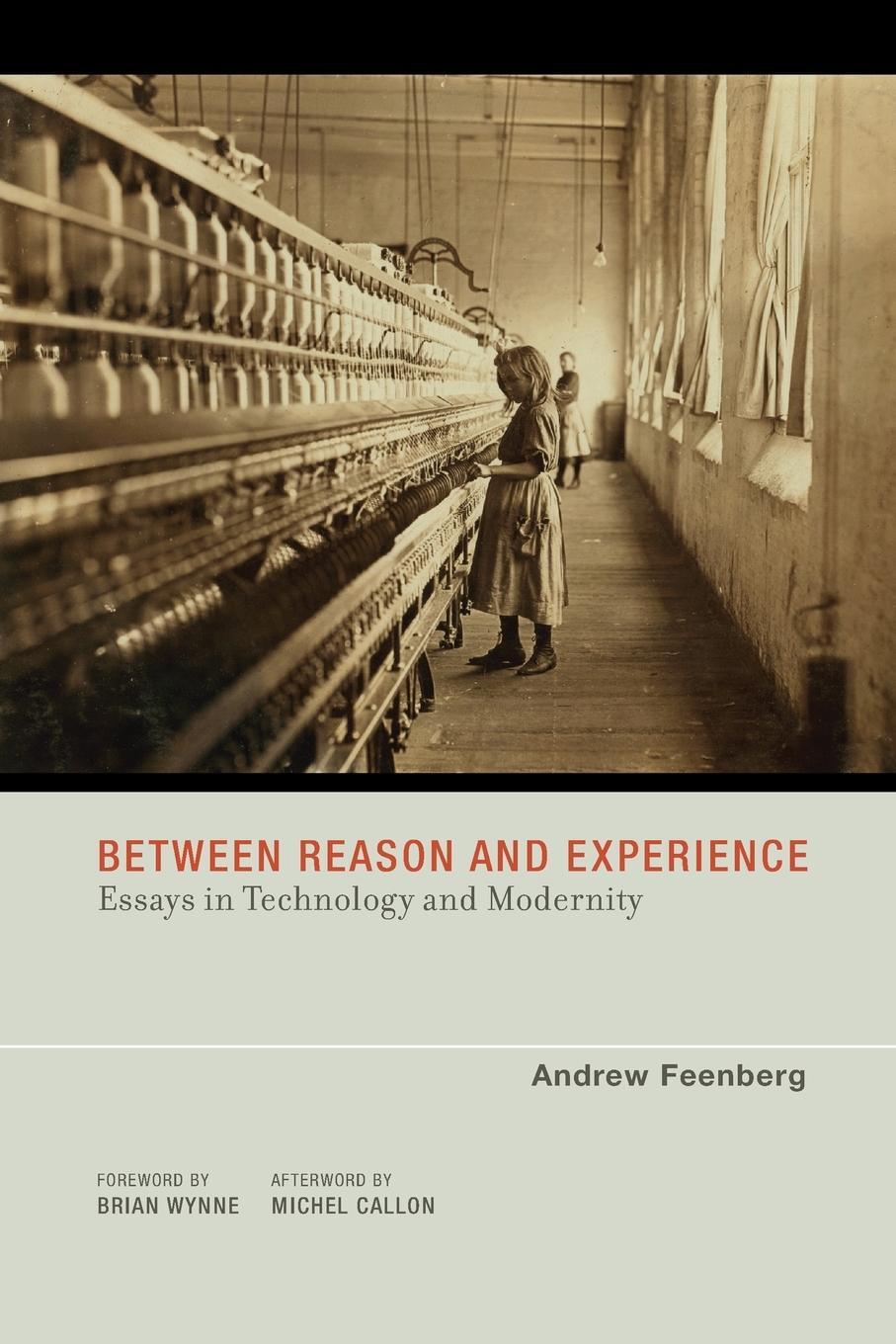142,50 €*
Versandkostenfrei per Post / DHL
Aktuell nicht verfügbar
While the Weibull distribution is widely used in science and engineering, most engineers do not have the necessary statistical training to implement the methodology effectively. Using the Weibull Distribution: Reliability, Modeling, and Inference fills a gap in the current literature on the topic, introducing a self-contained presentation of the probabilistic basis for the methodology while providing powerful techniques for extracting information from data.
The author explains the use of the Weibull distribution and its statistical and probabilistic basis, providing a wealth of material that is not available in the current literature. The book begins by outlining the fundamental probability and statistical concepts that serve as a foundation for subsequent topics of coverage, including:
* Optimum burn-in, age and block replacement, warranties
and renewal theory
* Exact inference in Weibull regression
* Goodness of fit testing and distinguishing the Weibull
from the lognormal
* Inference for the Three Parameter Weibull
Throughout the book, a wealth of real-world examples showcases the discussed topics and each chapter concludes with a set of exercises, allowing readers to test their understanding of the presented material. In addition, a related website features the author's own software for implementing the discussed analyses along with a set of modules written in Mathcad(r), and additional graphical interface software for performing simulations.
With its numerous hands-on examples, exercises, and software applications, Using the Weibull Distribution is an excellent book for courses on quality control and reliability engineering at the upper-undergraduate and graduate levels. The book also serves as a valuable reference for engineers, scientists, and business analysts who gather and interpret data that follows the Weibull distribution
While the Weibull distribution is widely used in science and engineering, most engineers do not have the necessary statistical training to implement the methodology effectively. Using the Weibull Distribution: Reliability, Modeling, and Inference fills a gap in the current literature on the topic, introducing a self-contained presentation of the probabilistic basis for the methodology while providing powerful techniques for extracting information from data.
The author explains the use of the Weibull distribution and its statistical and probabilistic basis, providing a wealth of material that is not available in the current literature. The book begins by outlining the fundamental probability and statistical concepts that serve as a foundation for subsequent topics of coverage, including:
* Optimum burn-in, age and block replacement, warranties
and renewal theory
* Exact inference in Weibull regression
* Goodness of fit testing and distinguishing the Weibull
from the lognormal
* Inference for the Three Parameter Weibull
Throughout the book, a wealth of real-world examples showcases the discussed topics and each chapter concludes with a set of exercises, allowing readers to test their understanding of the presented material. In addition, a related website features the author's own software for implementing the discussed analyses along with a set of modules written in Mathcad(r), and additional graphical interface software for performing simulations.
With its numerous hands-on examples, exercises, and software applications, Using the Weibull Distribution is an excellent book for courses on quality control and reliability engineering at the upper-undergraduate and graduate levels. The book also serves as a valuable reference for engineers, scientists, and business analysts who gather and interpret data that follows the Weibull distribution
JOHN I. McCOOL, PhD, is Professor of Systems Engineering at Penn State Great Valley School of Graduate Professional Studies. A Fellow of the American Society for Quality, Dr. McCool previously served as principal engineering scientist at SKF Industries Inc., where he conducted corporate as well as federally sponsored research projects with the Wright-Patterson Air Force Base, the Office of Naval Research, the Naval Air Propulsion Center, the Department of Energy, and the Air Force Office of Scientific Research.
1. Probability 1
1.1 Sample Spaces and Events, 2
1.2 Mutually Exclusive Events, 2
1.3 Venn Diagrams, 3
1.4 Unions of Events and Joint Probability, 4
1.5 Conditional Probability, 6
1.6 Independence, 8
1.7 Partitions and the Law of Total Probability, 9
1.8 Reliability, 12
1.9 Series Systems, 12
1.10 Parallel Systems, 13
1.11 Complex Systems, 15
1.12 Crosslinked Systems, 16
1.13 Reliability Importance, 19
References, 20
Exercises, 21
2. Discrete and Continuous Random Variables 23
2.1 Probability Distributions, 24
2.2 Functions of a Random Variable, 26
2.3 Jointly Distributed Discrete Random Variables, 28
2.4 Conditional Expectation, 32
2.5 The Binomial Distribution, 34
2.5.1 Confidence Limits for the Binomial Proportion p, 38
2.6 The Poisson Distribution, 39
2.7 The Geometric Distribution, 41
2.8 Continuous Random Variables, 42
2.8.1 The Hazard Function, 49
2.9 Jointly Distributed Continuous Random Variables, 51
2.10 Simulating Samples from Continuous Distributions, 52
2.11 The Normal Distribution, 54
2.12 Distribution of the Sample Mean, 60
2.12.1 P[X
2.13 The Lognormal Distribution, 66
2.14 Simple Linear Regression, 67
References, 69
Exercises, 69
3. Properties of the Weibull Distribution 73
3.1 The Weibull Cumulative Distribution Function (CDF), Percentiles, Moments, and Hazard Function, 73
3.1.1 Hazard Function, 75
3.1.2 The Mode, 77
3.1.3 Quantiles, 77
3.1.4 Moments, 78
3.2 The Minima of Weibull Samples, 82
3.3 Transformations, 83
3.3.1 The Power Transformation, 83
3.3.2 The Logarithmic Transformation, 84
3.4 The Conditional Weibull Distribution, 86
3.5 Quantiles for Order Statistics of a Weibull Sample, 89
3.5.1 The Weakest Link Phenomenon, 92
3.6 Simulating Weibull Samples, 92
References, 94
Exercises, 95
4. Weibull Probability Models 97
4.1 System Reliability, 97
4.1.1 Series Systems, 97
4.1.2 Parallel Systems, 99
4.1.3 Standby Parallel, 102
4.2 Weibull Mixtures, 103
4.3 P(Y
4.4 Radial Error, 108
4.5 Pro Rata Warranty, 110
4.6 Optimum Age Replacement, 112
4.6.1 Age Replacement, 115
4.6.2 MTTF for a Maintained System, 117
4.7 Renewal Theory, 119
4.7.1 Block Replacement, 121
4.7.2 Free Replacement Warranty, 122
4.7.3 A Renewing Free Replacement Warranty, 122
4.8 Optimum Bidding, 123
4.9 Optimum Burn-In, 124
4.10 Spare Parts Provisioning, 126
References, 127
Exercises, 128
5. Estimation in Single Samples 130
5.1 Point and Interval Estimation, 130
5.2 Censoring, 130
5.3 Estimation Methods, 132
5.3.1 Menon's Method, 132
5.3.2 An Order Statistic Estimate of x0.10, 134
5.4 Graphical Estimation of Weibull Parameters, 136
5.4.1 Complete Samples, 136
5.4.2 Graphical Estimation in Censored Samples, 140
5.5 Maximum Likelihood Estimation, 145
5.5.1 The Exponential Distribution, 147
5.5.2 Confidence Intervals for the Exponential Distribution--Type II Censoring, 147
5.5.3 Estimation for the Exponential Distribution--Interval Censoring, 150
5.5.4 Estimation for the Exponential Distribution--Type I Censoring, 151
5.5.5 Estimation for the Exponential Distribution--The Zero Failures Case, 153
5.6 ML Estimation for the Weibull Distribution, 154
5.6.1 Shape Parameter Known, 154
5.6.2 Confidence Interval for the Weibull Scale Parameter--Shape Parameter Known, Type II Censoring, 155
5.6.3 ML Estimation for the Weibull Distribution--Shape Parameter Unknown, 157
5.6.4 Confidence Intervals for Weibull Parameters--Complete and Type II Censored Samples, 162
5.6.5 Interval Censoring with the Weibull, 167
5.6.6 Confidence Limits for Weibull Parameters--Type I Censoring, 167
References, 177
Exercises, 179
6. Sample Size Selection, Hypothesis Testing, and Goodness of Fit 180
6.1 Precision Measure for Maximum Likelihood (ML) Estimates, 180
6.2 Interval Estimates from Menon's Method of Estimation, 182
6.3 Hypothesis Testing--Single Samples, 184
6.4 Operating Characteristic (OC) Curves for One-Sided Tests of the Weibull Shape Parameter, 188
6.5 OC Curves for One-Sided Tests on a Weibull Percentile, 191
6.6 Goodness of Fit, 195
6.6.1 Completely Specified Distribution, 195
6.6.2 Distribution Parameters Not Specified, 198
6.6.3 Censored Samples, 201
6.6.4 The Program ADStat, 201
6.7 Lognormal versus Weibull, 204
References, 210
Exercises, 212
7. The Program Pivotal.exe 213
7.1 Relationship among Quantiles, 216
7.2 Series Systems, 217
7.3 Confidence Limits on Reliability, 218
7.4 Using Pivotal.exe for OC Curve Calculations, 221
7.5 Prediction Intervals, 224
7.6 Sudden Death Tests, 226
7.7 Design of Optimal Sudden Death Tests, 230
References, 233
Exercises, 234
8. Inference from Multiple Samples 235
8.1 Multiple Weibull Samples, 235
8.2 Testing the Homogeneity of Shape Parameters, 236
8.3 Estimating the Common Shape Parameter, 238
8.3.1 Interval Estimation of the Common Shape Parameter, 239
8.4 Interval Estimation of a Percentile, 244
8.5 Testing Whether the Scale Parameters Are Equal, 249
8.5.1 The SPR Test, 250
8.5.2 Likelihood Ratio Test, 252
8.6 Multiple Comparison Tests for Differences in Scale Parameters, 257
8.7 An Alternative Multiple Comparison Test for Percentiles, 259
8.8 The Program Multi-Weibull.exe, 261
8.9 Inference on P (Y
8.9.1 ML Estimation, 267
8.9.2 Normal Approximation, 269
8.9.3 An Exact Simulation Solution, 271
8.9.4 Confi dence Intervals, 273
References, 274
Exercises, 274
9. Weibull Regression 276
9.1 The Power Law Model, 276
9.2 ML Estimation, 278
9.3 Example, 279
9.4 Pivotal Functions, 280
9.5 Confidence Intervals, 281
9.6 Testing the Power Law Model, 281
9.7 Monte Carlo Results, 282
9.8 Example Concluded, 285
9.9 Approximating u* at Other Stress Levels, 287
9.10 Precision, 289
9.11 Stress Levels in Different Proportions Than Tabulated, 289
9.12 Discussion, 291
9.13 The Disk Operating System (DOS) Program REGEST, 291
References, 296
Exercises, 296
10. The Three-Parameter Weibull Distribution 298
10.1 The Model, 298
10.2 Estimation and Inference for the Weibull Location Parameter, 300
10.3 Testing the Two- versus Three-Parameter Weibull Distribution, 301
10.4 Power of the Test, 302
10.5 Interval Estimation, 302
10.6 Input and Output Screens of LOCEST.exe, 307
10.7 The Program LocationPivotal.exe, 309
10.8 Simulated Example, 311
References, 311
Exercises, 312
11 Factorial Experiments with Weibull Response 313
11.1 Introduction, 313
11.2 The Multiplicative Model, 314
11.3 Data, 317
11.4 Estimation, 317
11.5 Test for the Appropriate Model, 319
11.6 Monte Carlo Results, 320
11.7 The DOS Program TWOWAY, 320
11.8 Illustration of the Influence of Factor Effects on the Shape Parameter Estimates, 320
11.9 Numerical Examples, 327
References, 331
Exercises, 332
Index 333
| Erscheinungsjahr: | 2012 |
|---|---|
| Fachbereich: | Wahrscheinlichkeitstheorie |
| Genre: | Mathematik |
| Rubrik: | Naturwissenschaften & Technik |
| Medium: | Buch |
| Seiten: | 366 |
| Inhalt: | 366 S. |
| ISBN-13: | 9781118217986 |
| ISBN-10: | 1118217985 |
| Sprache: | Englisch |
| Einband: | Gebunden |
| Autor: | McCool, John I |
| Hersteller: |
Wiley
John Wiley & Sons |
| Maße: | 240 x 161 x 24 mm |
| Von/Mit: | John I McCool |
| Erscheinungsdatum: | 28.08.2012 |
| Gewicht: | 0,718 kg |
JOHN I. McCOOL, PhD, is Professor of Systems Engineering at Penn State Great Valley School of Graduate Professional Studies. A Fellow of the American Society for Quality, Dr. McCool previously served as principal engineering scientist at SKF Industries Inc., where he conducted corporate as well as federally sponsored research projects with the Wright-Patterson Air Force Base, the Office of Naval Research, the Naval Air Propulsion Center, the Department of Energy, and the Air Force Office of Scientific Research.
1. Probability 1
1.1 Sample Spaces and Events, 2
1.2 Mutually Exclusive Events, 2
1.3 Venn Diagrams, 3
1.4 Unions of Events and Joint Probability, 4
1.5 Conditional Probability, 6
1.6 Independence, 8
1.7 Partitions and the Law of Total Probability, 9
1.8 Reliability, 12
1.9 Series Systems, 12
1.10 Parallel Systems, 13
1.11 Complex Systems, 15
1.12 Crosslinked Systems, 16
1.13 Reliability Importance, 19
References, 20
Exercises, 21
2. Discrete and Continuous Random Variables 23
2.1 Probability Distributions, 24
2.2 Functions of a Random Variable, 26
2.3 Jointly Distributed Discrete Random Variables, 28
2.4 Conditional Expectation, 32
2.5 The Binomial Distribution, 34
2.5.1 Confidence Limits for the Binomial Proportion p, 38
2.6 The Poisson Distribution, 39
2.7 The Geometric Distribution, 41
2.8 Continuous Random Variables, 42
2.8.1 The Hazard Function, 49
2.9 Jointly Distributed Continuous Random Variables, 51
2.10 Simulating Samples from Continuous Distributions, 52
2.11 The Normal Distribution, 54
2.12 Distribution of the Sample Mean, 60
2.12.1 P[X
2.13 The Lognormal Distribution, 66
2.14 Simple Linear Regression, 67
References, 69
Exercises, 69
3. Properties of the Weibull Distribution 73
3.1 The Weibull Cumulative Distribution Function (CDF), Percentiles, Moments, and Hazard Function, 73
3.1.1 Hazard Function, 75
3.1.2 The Mode, 77
3.1.3 Quantiles, 77
3.1.4 Moments, 78
3.2 The Minima of Weibull Samples, 82
3.3 Transformations, 83
3.3.1 The Power Transformation, 83
3.3.2 The Logarithmic Transformation, 84
3.4 The Conditional Weibull Distribution, 86
3.5 Quantiles for Order Statistics of a Weibull Sample, 89
3.5.1 The Weakest Link Phenomenon, 92
3.6 Simulating Weibull Samples, 92
References, 94
Exercises, 95
4. Weibull Probability Models 97
4.1 System Reliability, 97
4.1.1 Series Systems, 97
4.1.2 Parallel Systems, 99
4.1.3 Standby Parallel, 102
4.2 Weibull Mixtures, 103
4.3 P(Y
4.4 Radial Error, 108
4.5 Pro Rata Warranty, 110
4.6 Optimum Age Replacement, 112
4.6.1 Age Replacement, 115
4.6.2 MTTF for a Maintained System, 117
4.7 Renewal Theory, 119
4.7.1 Block Replacement, 121
4.7.2 Free Replacement Warranty, 122
4.7.3 A Renewing Free Replacement Warranty, 122
4.8 Optimum Bidding, 123
4.9 Optimum Burn-In, 124
4.10 Spare Parts Provisioning, 126
References, 127
Exercises, 128
5. Estimation in Single Samples 130
5.1 Point and Interval Estimation, 130
5.2 Censoring, 130
5.3 Estimation Methods, 132
5.3.1 Menon's Method, 132
5.3.2 An Order Statistic Estimate of x0.10, 134
5.4 Graphical Estimation of Weibull Parameters, 136
5.4.1 Complete Samples, 136
5.4.2 Graphical Estimation in Censored Samples, 140
5.5 Maximum Likelihood Estimation, 145
5.5.1 The Exponential Distribution, 147
5.5.2 Confidence Intervals for the Exponential Distribution--Type II Censoring, 147
5.5.3 Estimation for the Exponential Distribution--Interval Censoring, 150
5.5.4 Estimation for the Exponential Distribution--Type I Censoring, 151
5.5.5 Estimation for the Exponential Distribution--The Zero Failures Case, 153
5.6 ML Estimation for the Weibull Distribution, 154
5.6.1 Shape Parameter Known, 154
5.6.2 Confidence Interval for the Weibull Scale Parameter--Shape Parameter Known, Type II Censoring, 155
5.6.3 ML Estimation for the Weibull Distribution--Shape Parameter Unknown, 157
5.6.4 Confidence Intervals for Weibull Parameters--Complete and Type II Censored Samples, 162
5.6.5 Interval Censoring with the Weibull, 167
5.6.6 Confidence Limits for Weibull Parameters--Type I Censoring, 167
References, 177
Exercises, 179
6. Sample Size Selection, Hypothesis Testing, and Goodness of Fit 180
6.1 Precision Measure for Maximum Likelihood (ML) Estimates, 180
6.2 Interval Estimates from Menon's Method of Estimation, 182
6.3 Hypothesis Testing--Single Samples, 184
6.4 Operating Characteristic (OC) Curves for One-Sided Tests of the Weibull Shape Parameter, 188
6.5 OC Curves for One-Sided Tests on a Weibull Percentile, 191
6.6 Goodness of Fit, 195
6.6.1 Completely Specified Distribution, 195
6.6.2 Distribution Parameters Not Specified, 198
6.6.3 Censored Samples, 201
6.6.4 The Program ADStat, 201
6.7 Lognormal versus Weibull, 204
References, 210
Exercises, 212
7. The Program Pivotal.exe 213
7.1 Relationship among Quantiles, 216
7.2 Series Systems, 217
7.3 Confidence Limits on Reliability, 218
7.4 Using Pivotal.exe for OC Curve Calculations, 221
7.5 Prediction Intervals, 224
7.6 Sudden Death Tests, 226
7.7 Design of Optimal Sudden Death Tests, 230
References, 233
Exercises, 234
8. Inference from Multiple Samples 235
8.1 Multiple Weibull Samples, 235
8.2 Testing the Homogeneity of Shape Parameters, 236
8.3 Estimating the Common Shape Parameter, 238
8.3.1 Interval Estimation of the Common Shape Parameter, 239
8.4 Interval Estimation of a Percentile, 244
8.5 Testing Whether the Scale Parameters Are Equal, 249
8.5.1 The SPR Test, 250
8.5.2 Likelihood Ratio Test, 252
8.6 Multiple Comparison Tests for Differences in Scale Parameters, 257
8.7 An Alternative Multiple Comparison Test for Percentiles, 259
8.8 The Program Multi-Weibull.exe, 261
8.9 Inference on P (Y
8.9.1 ML Estimation, 267
8.9.2 Normal Approximation, 269
8.9.3 An Exact Simulation Solution, 271
8.9.4 Confi dence Intervals, 273
References, 274
Exercises, 274
9. Weibull Regression 276
9.1 The Power Law Model, 276
9.2 ML Estimation, 278
9.3 Example, 279
9.4 Pivotal Functions, 280
9.5 Confidence Intervals, 281
9.6 Testing the Power Law Model, 281
9.7 Monte Carlo Results, 282
9.8 Example Concluded, 285
9.9 Approximating u* at Other Stress Levels, 287
9.10 Precision, 289
9.11 Stress Levels in Different Proportions Than Tabulated, 289
9.12 Discussion, 291
9.13 The Disk Operating System (DOS) Program REGEST, 291
References, 296
Exercises, 296
10. The Three-Parameter Weibull Distribution 298
10.1 The Model, 298
10.2 Estimation and Inference for the Weibull Location Parameter, 300
10.3 Testing the Two- versus Three-Parameter Weibull Distribution, 301
10.4 Power of the Test, 302
10.5 Interval Estimation, 302
10.6 Input and Output Screens of LOCEST.exe, 307
10.7 The Program LocationPivotal.exe, 309
10.8 Simulated Example, 311
References, 311
Exercises, 312
11 Factorial Experiments with Weibull Response 313
11.1 Introduction, 313
11.2 The Multiplicative Model, 314
11.3 Data, 317
11.4 Estimation, 317
11.5 Test for the Appropriate Model, 319
11.6 Monte Carlo Results, 320
11.7 The DOS Program TWOWAY, 320
11.8 Illustration of the Influence of Factor Effects on the Shape Parameter Estimates, 320
11.9 Numerical Examples, 327
References, 331
Exercises, 332
Index 333
| Erscheinungsjahr: | 2012 |
|---|---|
| Fachbereich: | Wahrscheinlichkeitstheorie |
| Genre: | Mathematik |
| Rubrik: | Naturwissenschaften & Technik |
| Medium: | Buch |
| Seiten: | 366 |
| Inhalt: | 366 S. |
| ISBN-13: | 9781118217986 |
| ISBN-10: | 1118217985 |
| Sprache: | Englisch |
| Einband: | Gebunden |
| Autor: | McCool, John I |
| Hersteller: |
Wiley
John Wiley & Sons |
| Maße: | 240 x 161 x 24 mm |
| Von/Mit: | John I McCool |
| Erscheinungsdatum: | 28.08.2012 |
| Gewicht: | 0,718 kg |

